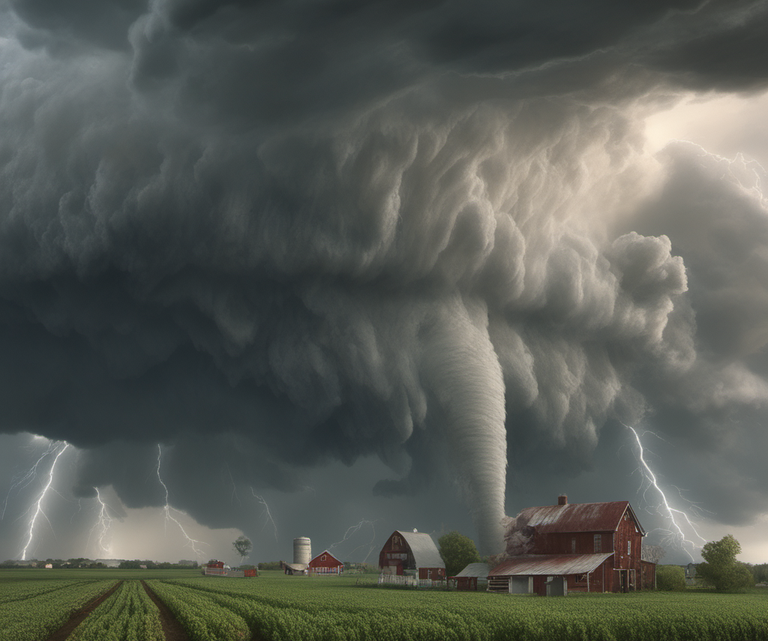The Fascinating Dynamics of Geomagnetic Pole Shifts


1. The Nature of Pole Shifts: More Than a Simple Flip
Geomagnetic pole reversals, often referred to as pole shifts, are far from sudden or dramatic overnight events. Instead, they are gradual processes that can stretch over millennia, slowly altering the structure of Earth’s magnetic field. These shifts aren’t as simple as a straightforward “flip” of the magnetic poles. Instead, they involve a complex evolution where the magnetic field weakens, distorts, and even splinters. In fact, during a pole shift, the Earth can temporarily host multiple magnetic poles, creating a chaotic multi-polar state before the field eventually stabilizes into its new configuration. Imagine compasses going haywire, pointing in different directions depending on where you stand! Such a phenomenon reminds us how dynamic and unpredictable the Earth’s magnetic environment can be.
Source: NASA’s Earth Observatory
2. The Magnetic Field and Its Climate Interaction: A Shield in Flux
Earth’s magnetic field acts as a protective shield, deflecting harmful solar radiation and charged particles from reaching the planet’s surface. However, during a pole shift, as the magnetic field weakens, this barrier could become less effective. The increase in solar radiation reaching the Earth’s surface might have far-reaching consequences, influencing everything from atmospheric temperatures to ocean currents.
There’s evidence to suggest that disruptions in the magnetic field could disturb the jet streams, the high-altitude air currents that influence weather patterns. As these streams shift, it could lead to prolonged droughts in some regions and intense storms in others. Imagine a world where familiar weather patterns suddenly change—where the unexpected becomes the new normal. The connection between geomagnetic shifts and climate is an intricate one, and while we have a basic understanding, much of this interaction remains cloaked in mystery.
Source: Scientific American
3. Lessons from the Past: Ancient Clues Hidden in Earth’s Archives
One of the most exciting aspects of studying geomagnetic pole shifts is the wealth of information scientists can extract from Earth’s geological history. By analyzing deep-sea sediment cores, lava flows, and ice cores, researchers have uncovered a fascinating record of past pole reversals and their potential impacts on climate. These historical records suggest that pole shifts coincided with significant changes in climate.
For example, during past pole reversals, the Earth experienced shifts in ocean currents and possibly even atmospheric composition changes. However, it’s essential to keep in mind that climate is a product of countless variables. Volcanic activity, solar cycles, and even asteroid impacts have all shaped Earth’s climatic history. While pole shifts appear to be a contributing factor to climatic changes, they are far from the sole driver. These ancient records offer tantalizing glimpses into the past, but like pieces of a puzzle, they require careful interpretation to understand the bigger picture.
Source: National Geographic
4. Modern Theories and Observations: Are We Witnessing a Shift Today?
As we observe the movement of Earth’s magnetic poles today, some scientists are beginning to explore whether this might already be influencing modern weather patterns. The North Magnetic Pole, for example, is currently drifting at an accelerated rate, leading some to theorize that we may be on the cusp of a geomagnetic reversal.
One of the leading hypotheses is that the shifting poles might be impacting the jet streams, causing prolonged heatwaves or extended cold spells. Others speculate that changes in the magnetic field could be subtly influencing ocean currents, which are crucial in regulating global climate. These ideas are compelling, but they remain speculative until more data is collected. However, the mere possibility that Earth’s magnetic shifts could be linked to the erratic weather we are seeing today adds an intriguing layer of complexity to our understanding of climate dynamics.
Source: The Conversation
5. Implications for the Future: Navigating Uncharted Territory
As the magnetic poles continue their gradual dance across the globe, it becomes increasingly crucial to understand what this means for the future of our planet. Could a weakened magnetic field during a pole reversal leave us more vulnerable to solar storms? Might future weather patterns become even more unpredictable than they are today? And how do we prepare for the unknown?
Understanding the full implications of geomagnetic shifts requires a holistic approach. Scientists must consider the interactions between the magnetic field, the atmosphere, ocean currents, and the Earth’s complex climate systems. Continued research will not only enhance our knowledge of geomagnetic phenomena but also provide valuable insights into potential future climatic scenarios.
As we delve deeper into these questions, the importance of this research becomes clear: unraveling the mystery of pole shifts may hold the key to predicting future climate shifts and safeguarding our planet against the unknown.
In Conclusion: A Journey of Discovery
The relationship between geomagnetic pole reversals and Earth’s climate is a complex and multi-layered topic, one that spans the fields of geology, climatology, and astrophysics. While ancient records suggest a connection, the exact nature of this relationship remains elusive, requiring ongoing research to fully comprehend. As scientists continue to study these phenomena, we inch closer to a more profound understanding of how our planet’s magnetic field has shaped, and continues to shape, life on Earth.
In a world facing the uncertainties of climate change, exploring the impact of geomagnetic shifts offers a unique window into both our past and our potential future. The magnetic poles may be moving, but so too is our knowledge, and with it, the possibilities for discovery.
